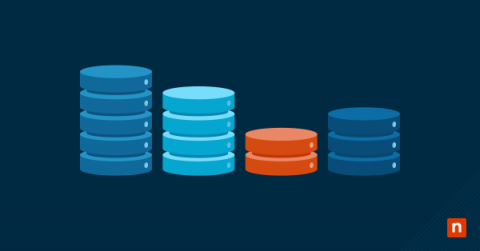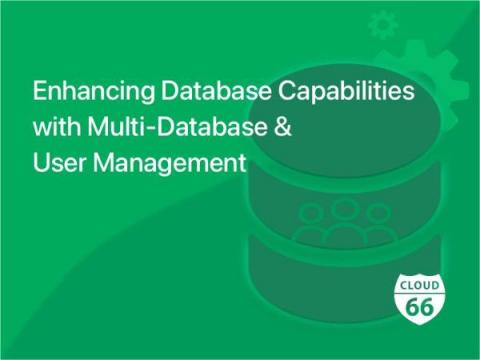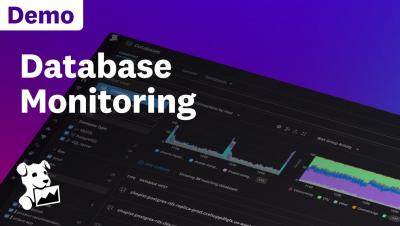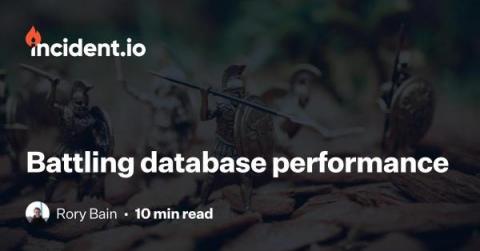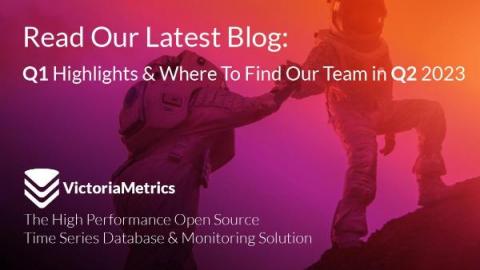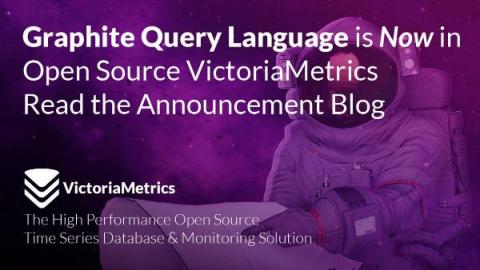What is Differential Backup (SQL Server)
Even though SQL (Structured Query Language) has been around since the 1970s, it’s still a relevant and widely-used tool in today’s IT world. Many organizations around the globe still rely on SQL server databases to store their confidential data. In order to protect this valuable information, IT professionals often use differential backup to protect data in SQL servers. As you know, there are multiple types of backup available, so why use differential for SQL servers?


